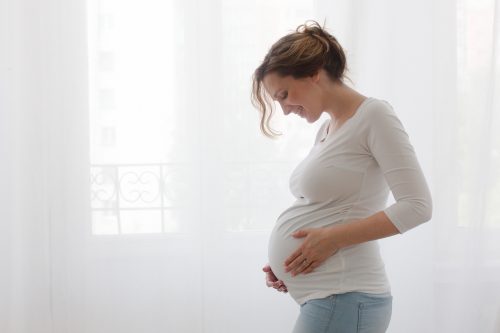
Allogeneic hematopoietic cell transplantation (allo-HCT) used in conjunction with fludarabine/melphalan (Flu/Mel) conditioning regimen and Tacrolimus/Sirolimus Graft vs Host Disease (GVHD) prophylaxis is associated with favorable outcomes in patients with primary or secondary myelofibrosis (MF), according to researchers who published their findings in the SOHO 2019 Meeting Proceedings Supplement in Clinical Lymphoma, Myeloma and Leukemia.
Despite allo-HCT being recognized as the only curative treatment for MF, data remain sparse on how molecular markers predict transplantation outcomes. In this study, researchers retrospectively evaluated transplantation outcomes of 110 consecutive MF patients who underwent allo-HCT with a Flu/Mel conditioning regimen and analyzed the impact that molecular markers have on outcomes based on a 72-gene next-generation sequencing panel and Mutation-Enhanced International Prognostic Scoring System.
According to the study results, following a median follow-up of almost 64 months, researchers observed in the study population that the 5-year overall survival (OS) rate was 65% and the non-relapse mortality (NRM) rate was 17%. In mutational analysis, JAK2 V617F and ASXL1 were the most frequent mutations while high molecular risk (HMR) genes (ASLX1, EZH2, IDH1/2, SRSF2, and U2AF1) were identified in 48 patients (52%), with 30 patients (32%) carrying 1 and 18 patients (19%) carrying more than 1 HMR mutation.
Moreover, a univariable analysis showed that Dynamic International Prognostic Scoring System scores, unrelated donor type, and very-high-risk cytogenetics were notably linked with lower OS. Only CBL mutations were appreciably correlated with lower OS (hazard ratio [HR]= 2.64; P=0.032) and increased NRM (HR=3.68; P=0.004) after allo-HCT; whereas CALR, ASXL1, and IDH mutations had no impact on transplantation outcomes. Furthermore, U2AF1 mutations were significantly linked with NRM (HR=3.42; 95% CI, 1.50 to 7.80; P=0.009).
“We present one of the largest single-center experiences of Flu/Mel-based allo-HCT, demonstrating that revised cytogenetic changes and MIPSS70+ v2.0 score predict transplantation outcomes, and thus can better inform physicians and patients in making decisions about allo-HCT,” the authors wrote. “Collaborative efforts are underway to pool molecular and cytogenetic data from patients undergoing allo- HCT at multiple institutions to strengthen conclusions about the prognostic significance of these risk factors. It remains to be established how utile MIPSS70 + or other similar risk scoring systems will be compared to clinical parameters such as increasing blasts or red blood cell transfusion requirements in guiding physicians and their patients with MF in this difficult decision-making process.”







 © 2025 Mashup Media, LLC, a Formedics Property. All Rights Reserved.
© 2025 Mashup Media, LLC, a Formedics Property. All Rights Reserved.